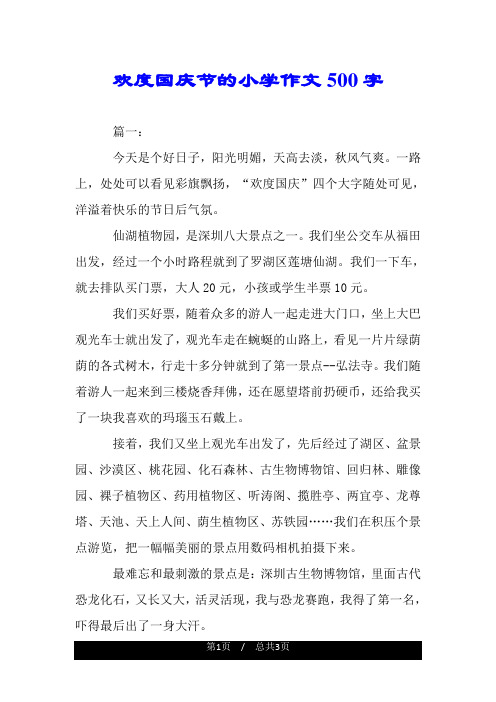网购的利与弊英语作文(Pros and Cons of Online Shopping in English Essay)
With the advancement of technology, online shopping has become an integral part of modern life. It offers a wide array of benefits, including convenience, variety, and often more affordable prices. However, it also presents several challenges that consumers need to consider. This essay will explore the pros and cons of online shopping in detail.

To start with, one of the primary advantages of online shopping is its convenience. Consumers can shop from the comfort of their homes at any time of the day, without having to deal with crowded stores or long queues. For example, Amazon's "one-day" delivery service ensures that products are delivered within 24 hours, which is particularly appealing for those who need items urgently. Additionally, the vast selection available online allows customers to choose products from various brands and sellers that may not be available locally. This diversity can be beneficial for those looking for niche or specialty items.
Moreover, online shopping often provides competitive pricing. Due to lower overhead costs compared to traditional brick-and-mortar stores, many retailers offer discounts on their websites. Moreover, comparison tools like Google Shopping make it easier for consumers to find the best deals. For instance, a customer could use a price comparison website to find the lowest price for a particular electronic device before purchasing it online. This capability to compare prices quickly and easily is one of the significant benefits of shopping online.
On the downside, however, online shopping lacks the tactile experience of physically examining products before buying them. Customers cannot touch, try on, or test out items as they would in a store. This limitation can lead to dissatisfaction, especially if the product does not meet expectations. For example, someone might be disappointed when they receive a piece of clothing they thought was made from a certain material but actually feels different in person. Another disadvantage is the potential for security issues such as data breaches or identity theft. Although reputable websites use advanced encryption methods to protect consumer information, there have been instances where personal data has been compromised.
Furthermore, while the convenience of home delivery is a major selling point, it can sometimes cause issues with product handling and returns. Products may get damaged during shipping, and returning items can be cumbersome and time-consuming. For example, an item bought online might arrive damaged due to poor packaging, leading to additional hassle for the consumer trying to return or exchange it. The return process itself can also be complicated, requiring customers to fill out forms and wait for refunds, which might take several days or even weeks.

In conclusion, while online shopping offers numerous benefits such as convenience, variety, and competitive pricing, it also comes with certain drawbacks like limited physical inspection opportunities, security concerns, and potential problems related to returns and shipping damages. Therefore, consumers should weigh these factors carefully before deciding whether to buy something online or opt for traditional shopping methods. As technology continues to evolve, it is likely that both online and offline shopping experiences will improve, providing better options for all types of consumers. By understanding both the advantages and disadvantages, individuals can make more informed decisions when engaging in e-commerce activities.




